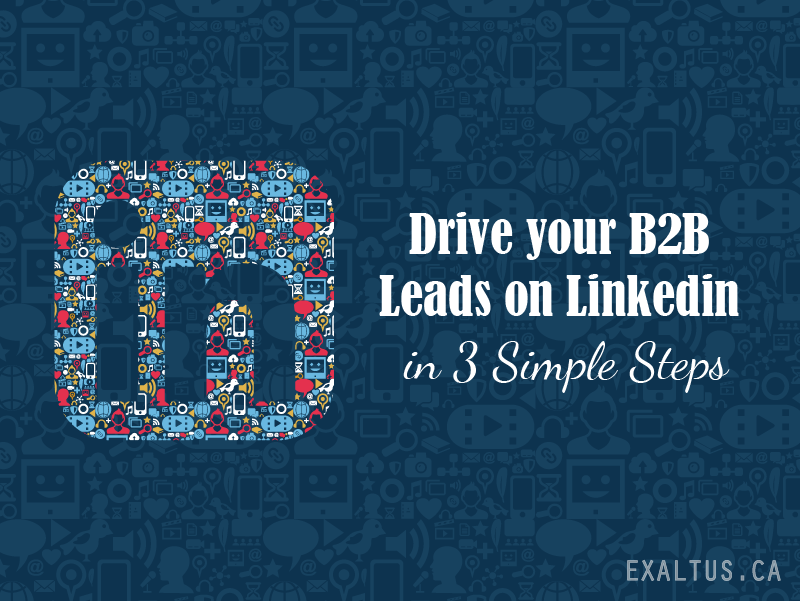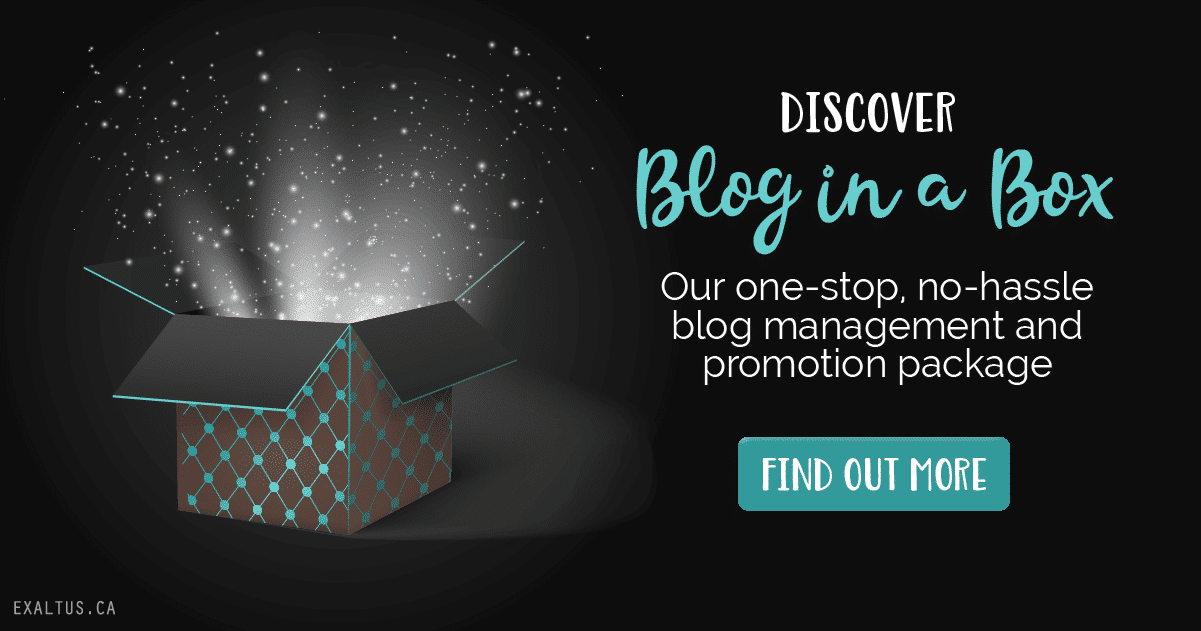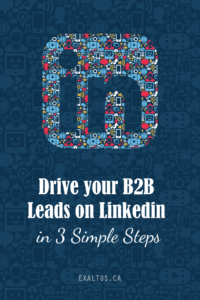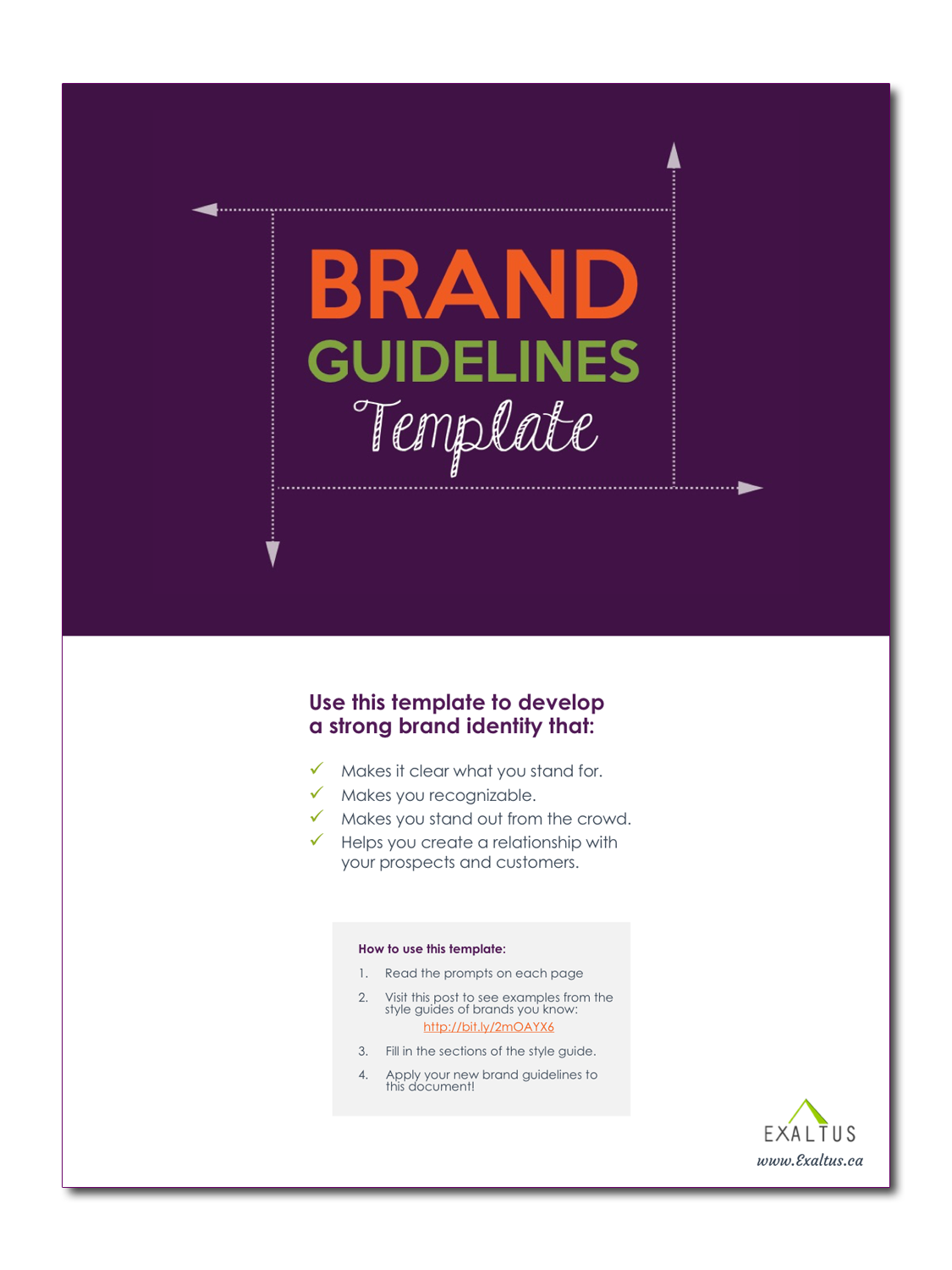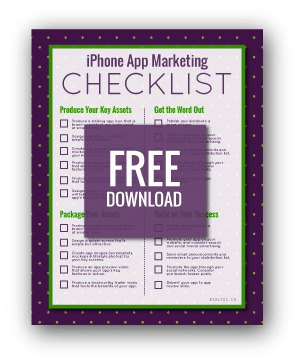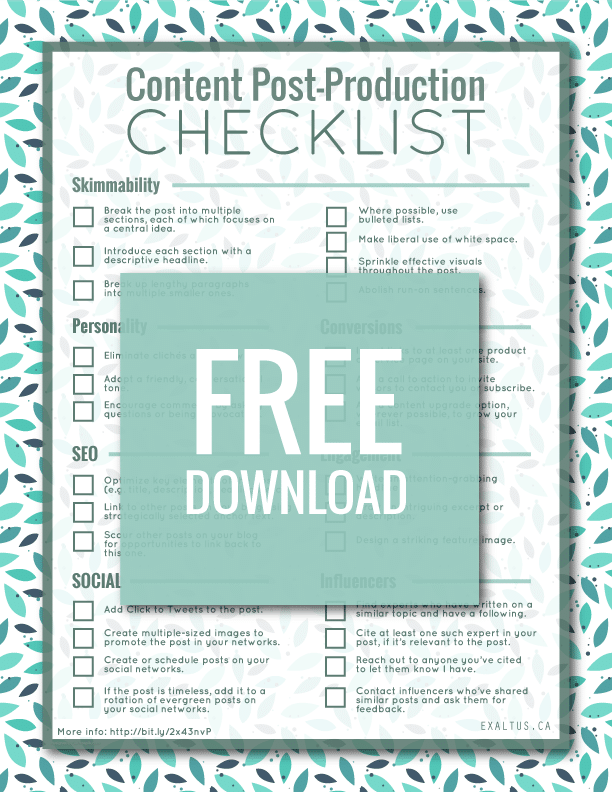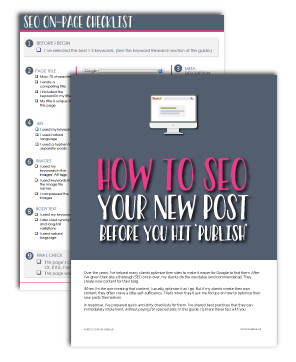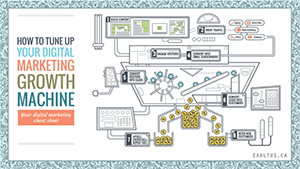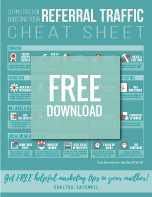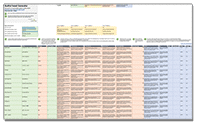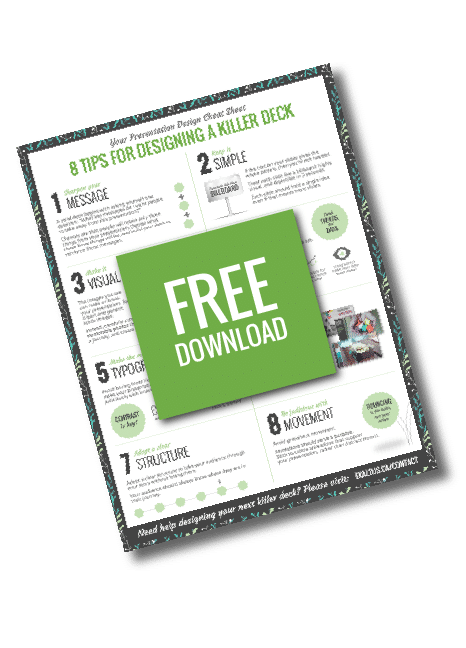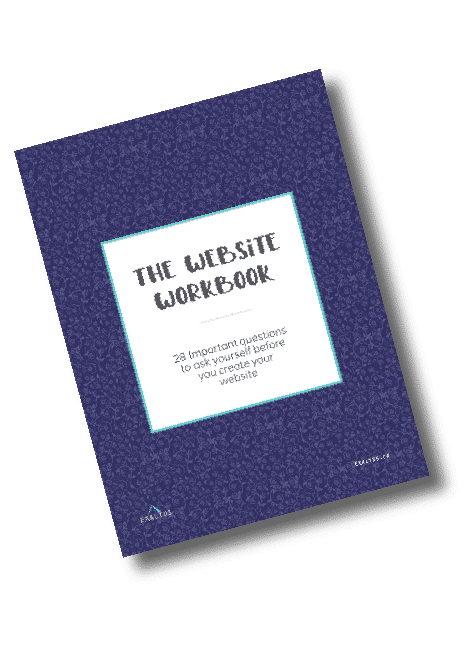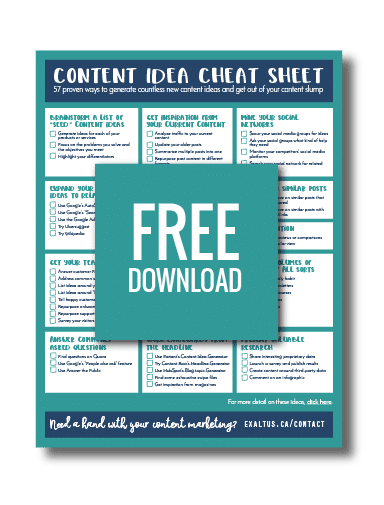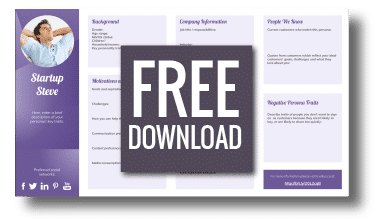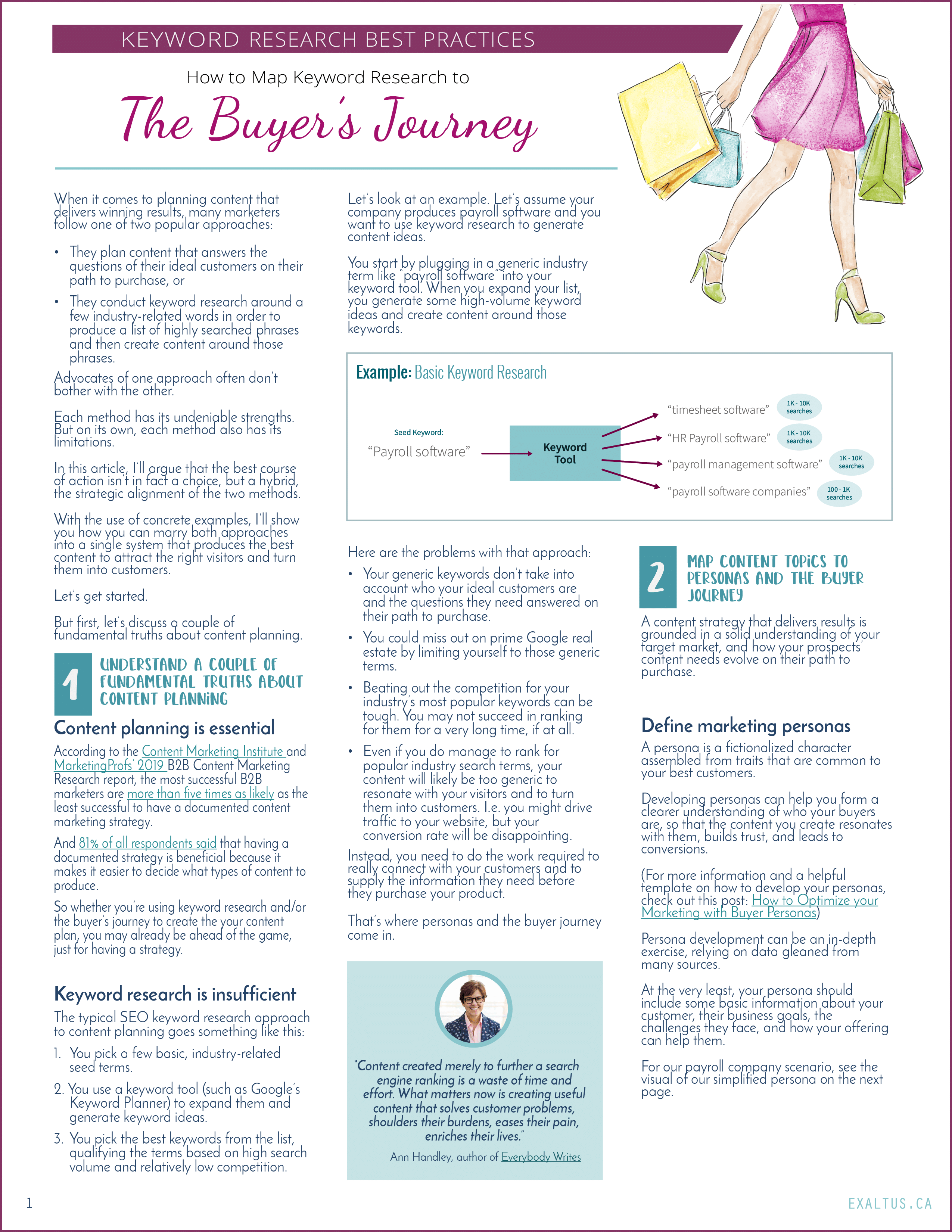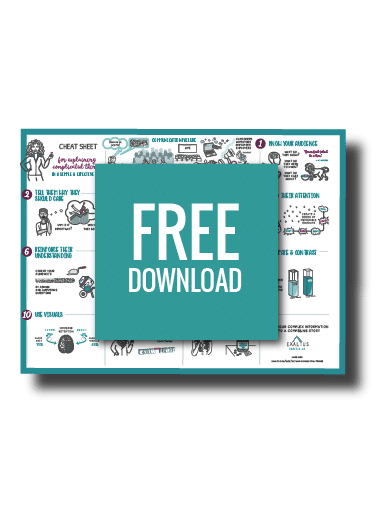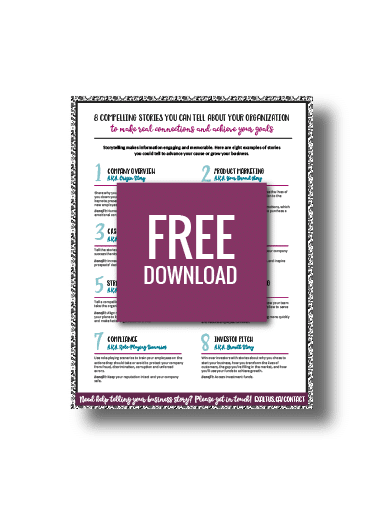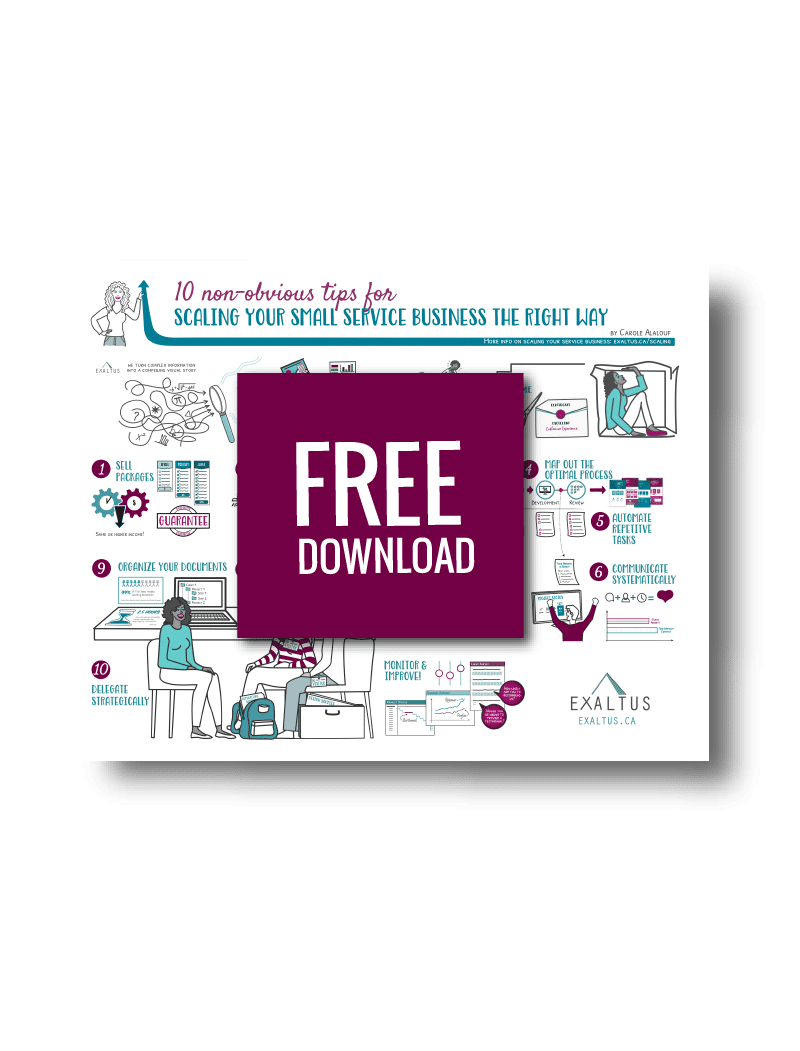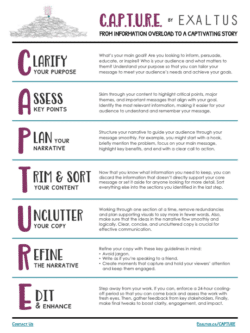Despite all the technological advances, people still just want to do business with people they feel they know—and trust. A solid network has always been, and will always continue to be, vital in creating B2B leads.
LinkedIn can help you to become one of those trusted individuals and increase your B2B lead generation.
Why LinkedIn? Well, unlike other social media, LinkedIn is predominantly for business professionals, and perfect for those wanting to enhance their visibility, gain credibility, build relationships, and ultimately generate new sales leads.
Studies have shown that 80% of B2B leads come from LinkedIn and that 94% of B2B marketers use LinkedIn to share content. Not being on LinkedIn or not having a healthy marketing strategy that includes LinkedIn means missing out on some great opportunities to generate leads.
Of all the social media platforms, LinkedIn allows you the most flexibility in terms of identifying and nurturing the right kind of connections. And while you may have exhausted your local area, the half-billion LinkedIn users in more than 200 countries worldwide means you reach out to a global audience.
To find those B2B leads, you need to grow your marketing strategy to engage, nurture, and convert those leads to customers.
I’m going to walk you through some great tactics to take advantage of the enormous advantages that LinkedIn offers for B2B lead generation.
Step 1. Create relationships
Building relationships has never been easier on social media. To be successful, you must first create a solid presence on LinkedIn, as an individual or as a business. Then it’s all about optimizing your network find the right connections, and being ‘seen’ in the right places.
Optimize your profile and boost your presence
If you don’t already have a LinkedIn profile, it’s time to create one. Your profile or business page is your calling card. The aim is to look confident, friendly, and professional. Pay particular attention to the heading: don’t just use a simple description, but rather use power words and show the benefits of what you do to potential clients.
Add your experience, expertise, a professional-looking photograph, and include keywords that you want to be associated with (that your prospective leads will be searching for). You want your profile to look human and approachable, and to represent you well.
Then, set about giving and getting recommendations and liking and commenting on posts.
Find the decision-makers
It’s easy enough to grow your social network, but ultimately the point of lead generation isn’t to generate more leads – it’s to generate leads that turn to conversions.
And for that, you need the right kind of leads.
That’s where LinkedIn excels: in allowing you to search very precisely for key decision-makers or target audiences in your business sector, so you can connect and begin building relationships.
On LinkedIn, your network is made up of 1st-degree connections (people you know and are directly connected to), 2nd-degree connections (people they know), and 3rd-degree connections (people their connections know).
You can search for an individual by a mutual connection, or by location, keyword, company, job title, or industry. Getting familiar with LinkedIn’s search filters to find prospects is a great investment of time.
Once you’ve found potential leads, if you have a connection in common, you can send your friend a message asking for an introduction. If there are no common connections, you can invite your prospect to connect using the paid InMail feature.
When you’re making your first connection with a lead, let them know how you found them and why you’d like to connect, explaining how the connection could benefit you both.
Join a LinkedIn group
LinkedIn offers the possibility of joining special-interest groups, where you can participate in discussions and interact with professionals with common interests.
You can search for new groups in your industry: most are open groups, some are closed and you’ll have to request to join. Not all groups are created equal, and some are less active than others. Check to see the number of people in a group, how often they post, who the group is made up of (look for industry professionals rather than sales people the fewer sales links in conversations, the better).
Then, watch the conversation before joining in the ongoing discussion to share ideas, ask questions, connect to potential buyers, and get to know them in a relevant setting.
Step 2. Build a solid content strategy
The B2B world is competitive, and becoming a thought leader will establish you as a credible source and create trust.
Creating a content strategy for LinkedIn can yield great results in both growing your network and establishing yourself as an expert in your industry, which will in turn boost your leads.
Studies show that average B2B buyers and decision maker read 10 pieces of content before making a decision to buy.
Your content strategy should include both short-form status updates and long-form blogs. Repurpose existing content into videos, slides, infographics, and more. You should also make time to comment and respond to posts by others in your network and groups.
Some tips for a solid content strategy:
- Generate a bank of content ideas that will attract visitors and convert them into customers
- Post relevant, interesting content
- Post regularly and frequently, several times a week
- Post long-form blog content at least twice a month
- Mix your content between original posts and shares from other sources
- Use #hashtags wisely
- Use strong headlines and action words
- If you have a particularly good post, you can pay for the piece to become sponsored content
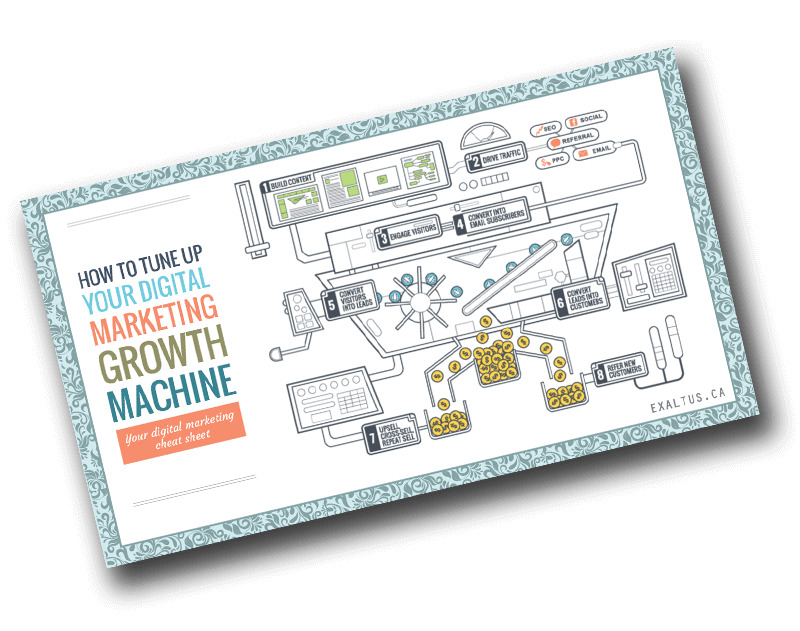
Download our FREE cheat sheet!
Find out how you can turn your website into a personalized and fully optimized growth machine that drives sustainable and predictable revenue.
Step 3. Use advanced LinkedIn tools
LinkedIn comes with a robust suite of free and paid features that help you reach your audience and advance your B2B leads.
Here’s a quick overview of the many tools you can use:
- Use LinkedIn Ads to push your content to an even bigger audience beyond your own network.
- LinkedIn Retargeting is a powerful tool to reach out to LinkedIn members who have visited your profile or your company website (install the LinkedIn Insight Tag to your site). You can then send them personalized messages or ads, much like you would for an email marketing campaign.
- Account Targeting lets you match LinkedIn members to people your company already has accounts for, meaning you can reach out directly to them with personalized messages.
- Check Analytics to see how effective your updates are, see demographics and sources for visitors and followers, view clicks, impressions and interactions for updates, compare engagement percentage, and more.
- Use paid InMail to reach out to people anywhere in the world, regardless of whether you’re connected to them on LinkedIn.
Final Thoughts
LinkedIn is a very powerful tool to generate B2B leads if you learn to make the most of its possibilities and use it regularly:
- Invest time and effort into creating a credible, company page and share actionable content several times a week.
- Search for and connect with decision-makers using filters, your own connections, or InMail.
- Join groups and share ideas and conversations with like-minded professionals.
- Use paid tools like Ads to expand your reach and retarget messages to visitors and matched audiences.
- Follow LinkedIn’s Marketing blog to get curated selection of articles that can help you get ideas for your own marketing strategy and how to use the free and paid tools.
- Consider LinkedIn’s paid (and powerful) Sales Solution tool to help you find the right prospects to build trusted relationships.
Remember that content is king when it comes to creating B2B leads on LinkedIn.
And if you’re looking for help with your content marketing, check out our content marketing best practices for small business, find out about our Blog in a Box plan, or contact Exaltus today!

